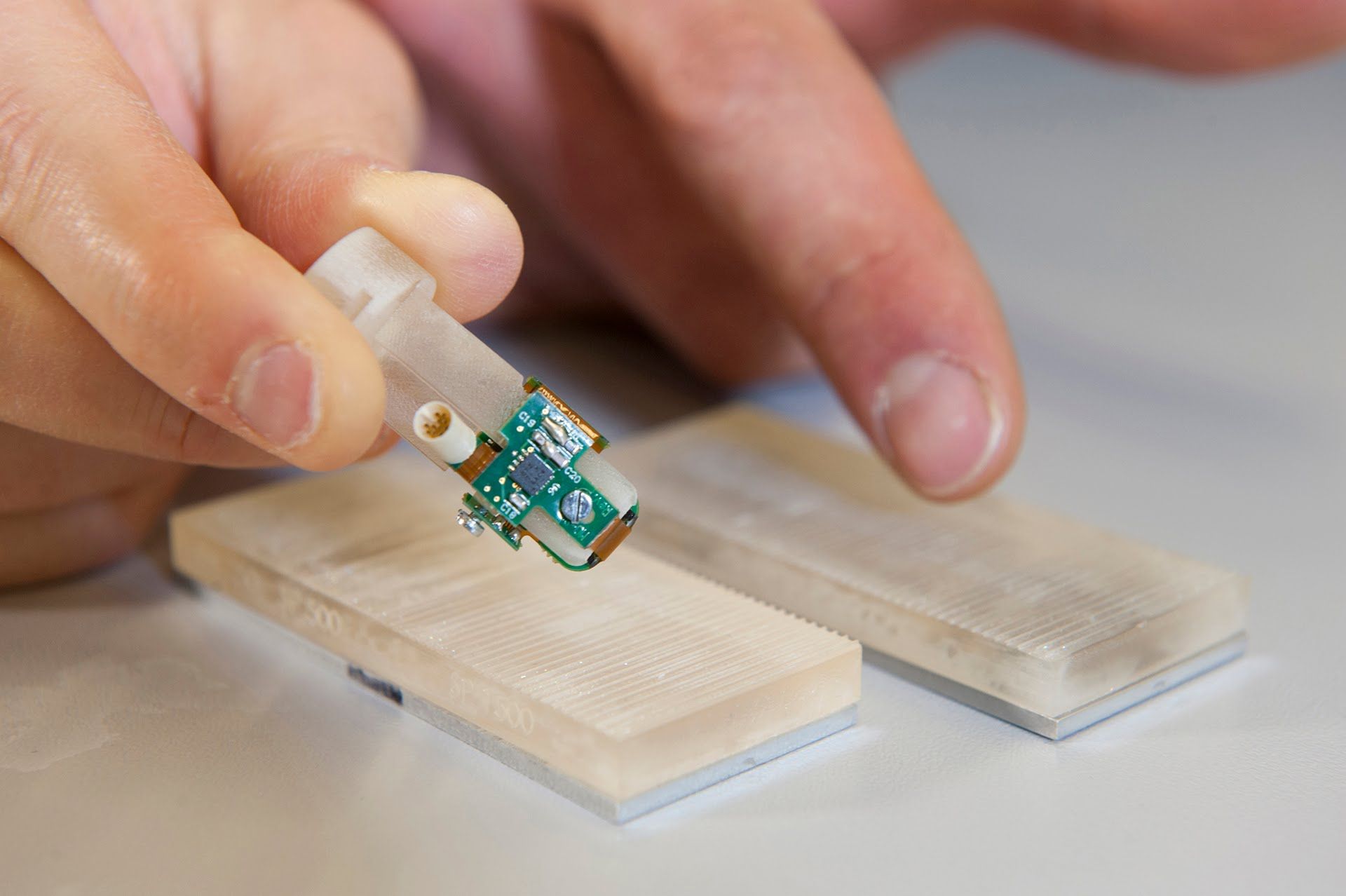Mar 9, 2016
The Defense Department Got Mad at DARPA For Creating Email
Posted by Karen Hurst in category: futurism
Ray Tomlinson, widely credited as the inventor of email, died this past weekend. He was 74.
By all accounts, Tomlinson was a brilliant man. And he’s being mourned around the world as the person who brought us the @ in our inboxes. The format novak@gizmodo didn’t just invent itself. Tomlinson did that. But the fascinating secret history of email was that the US Defense Department was initially angry that Tomlinson helped create it.
“It wasn’t an assignment at all, he was just fooling around; he was looking for something to do with ARPANET,” Raytheon spokeswoman Joyce Kuzman said in a statement about Tomlinson’s death.
Continue reading “The Defense Department Got Mad at DARPA For Creating Email” »

















